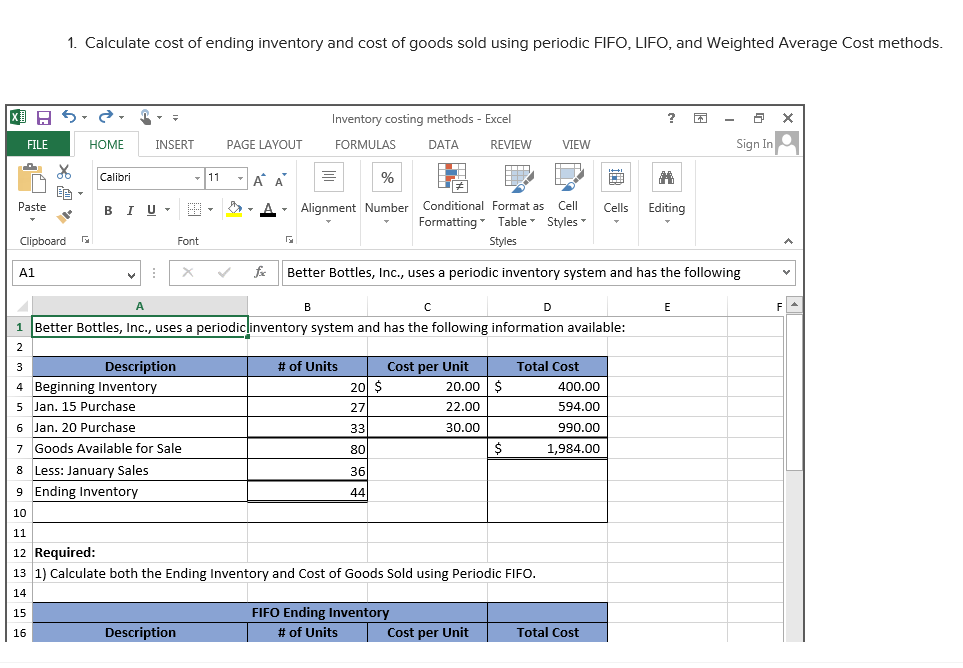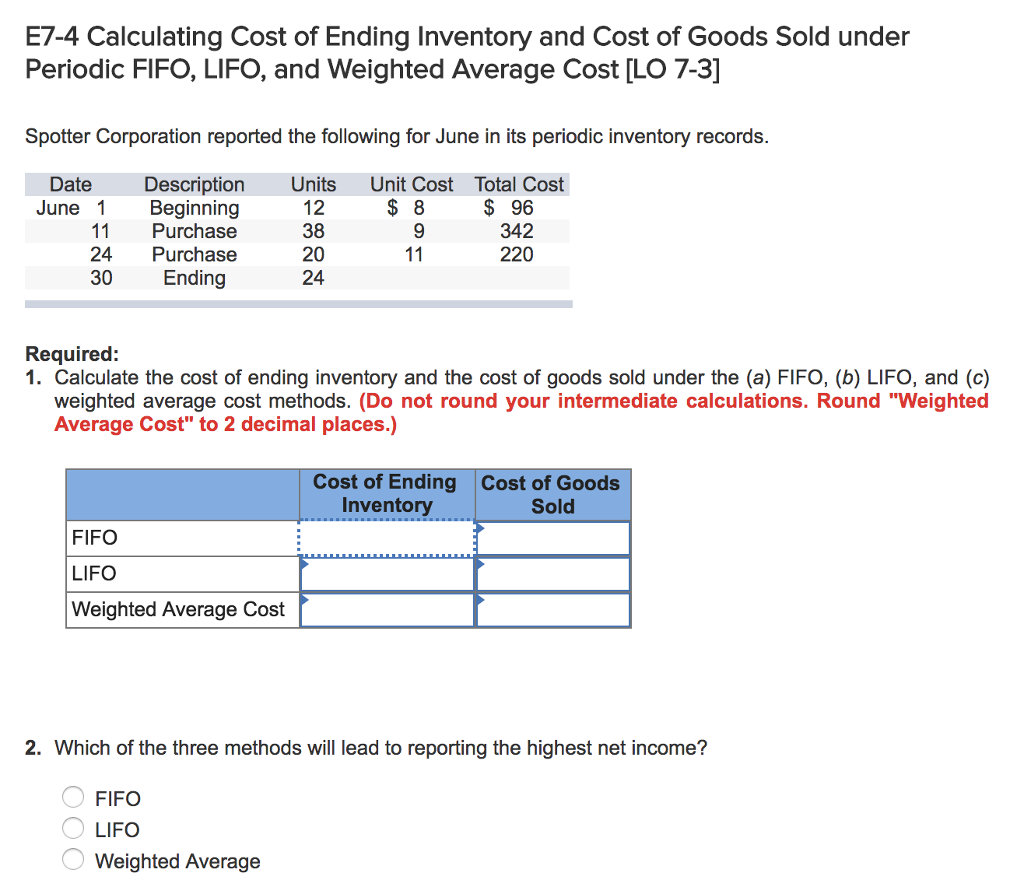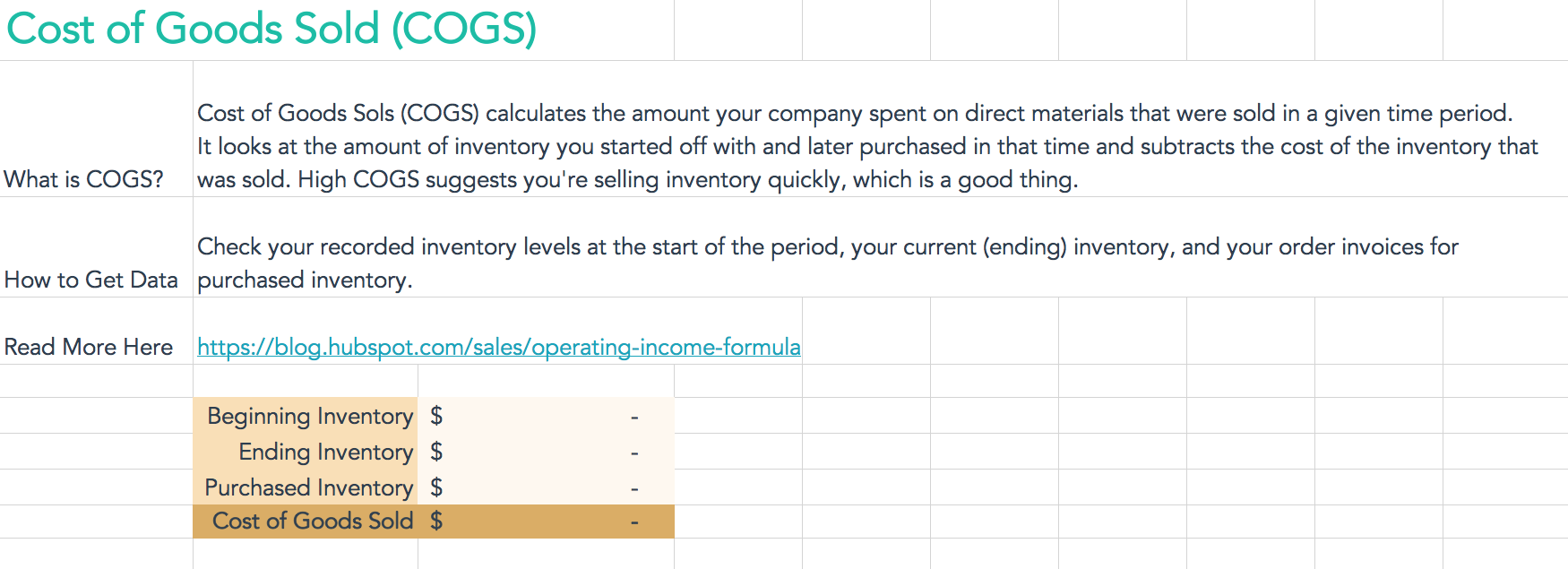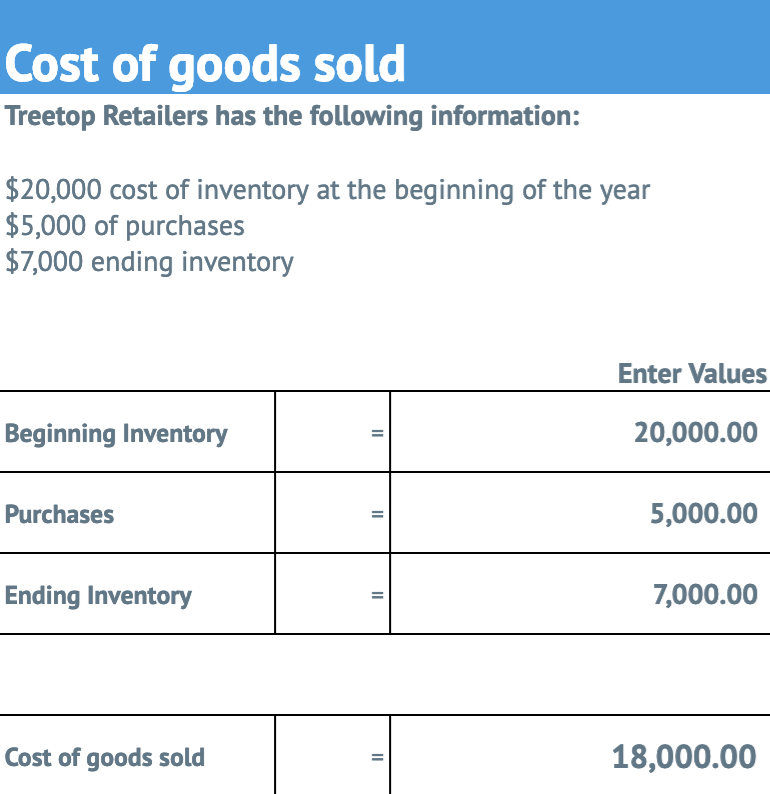

Inventory is a critical component of the cost of goods sold and the inventory valuation at the end of an accounting period. This can become complicated quickly, so it’s essential to have a sound accounting system in place to track your inventory accurately. While this is not difficult, you can quickly incur complications when inventory costs vary.įor example, if you purchase some inventory at the total price and then receive a discount on subsequent purchases, you must account for the different costs of goods sold (COGS). Still, you likely have multiple items in inventory and must account for each item separately.

If you only sold a single item, inventory accounting would be simple.

Inventory costs must be carefully tracked to ensure accurate financial reporting. Inventory is considered a current asset, so it is not depreciated. Inventory can be a complicated topic for small businesses. By tracking these metrics, businesses can make informed decisions about their inventory management and ensure that they comply with GAAP requirements. To ensure that all inventory is properly accounted for, businesses must maintain accurate inventory purchases and turnover records. The main goal of inventory accounting is to ensure that all inventory is correctly accounted for, following Generally Accepted Accounting Principles (GAAP).GAAP requires that inventory be recorded using cost or market value methods. Inventory accounting is the process of valuing stock inventory for resale. Manufacturing inventory is found in businesses that produce physical products. Merchandising inventory, which is found in businesses that sell physical products, and From an accounting standpoint, there are two types of inventory:

Merchandise sold) and the cost of the merchandise purchased (COGS). The purpose of the inventory is to mitigate the risk of the company being unable to meet customer demand.Ĭompanies must manage their inventory using accounting principles to decide what, when, and how much to order. Inventory is a collection of a company's economic goods at a particular moment.
ENDING INVENTORY FORMULA WITHOUT COST OF GOODS SOLD PROFESSIONAL
Inventory Accounting- Stay Aware of Mistakes is the Key to Preventing ThemīUY THE BOOK HERE: Inventory Accounting- Comprehensive Practitioners Guide: What Every Management Accounting Professional Must Know About Inventory Accounting Overview: What is inventory accounting? The Key to Using Inventory Cost Accounting Methods in Your Business Working closely with accounting and inventory experts can often overcome these challenges.īy valuing inventory properly, companies can ensure that their financial statements are accurate and that they are not overpaying taxes on their inventory. Third, accounting for changes in inventory levels can be complex.įinally, estimating future demand for inventory can be tricky. Second, valuing inventory can be difficult when there are many different types of inventory items. Several common challenges can arise when trying to value inventory properly.įirst, there can be disagreements about what costs should be included in the valuation. Accounting, and especially inventory accounting, can impact many aspects of the business - such as cash flow or cost/profit ratio- making sure everything gets recorded correctly should always be the top priority when managing any warehousing environment, even though there's plenty to consider.


 0 kommentar(er)
0 kommentar(er)
